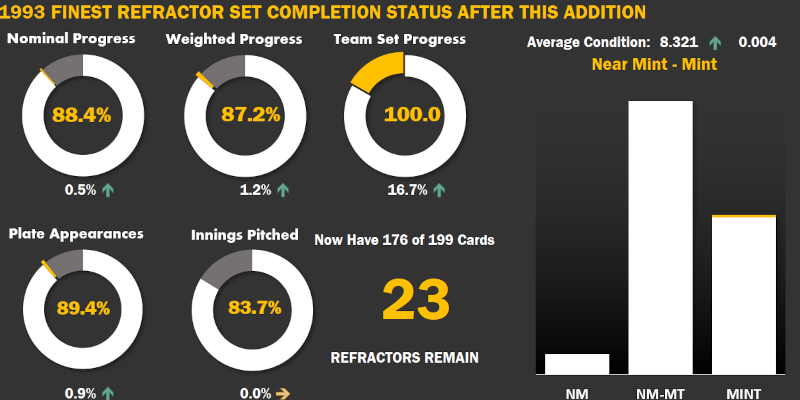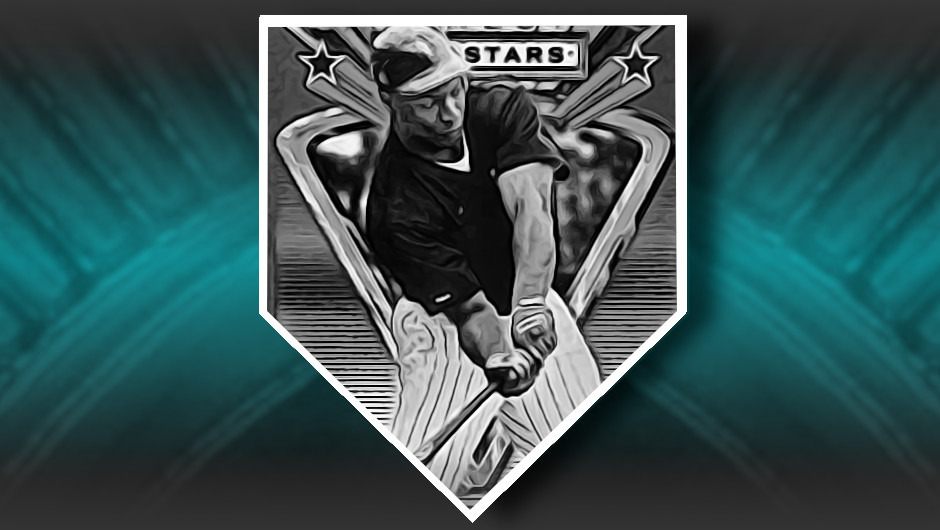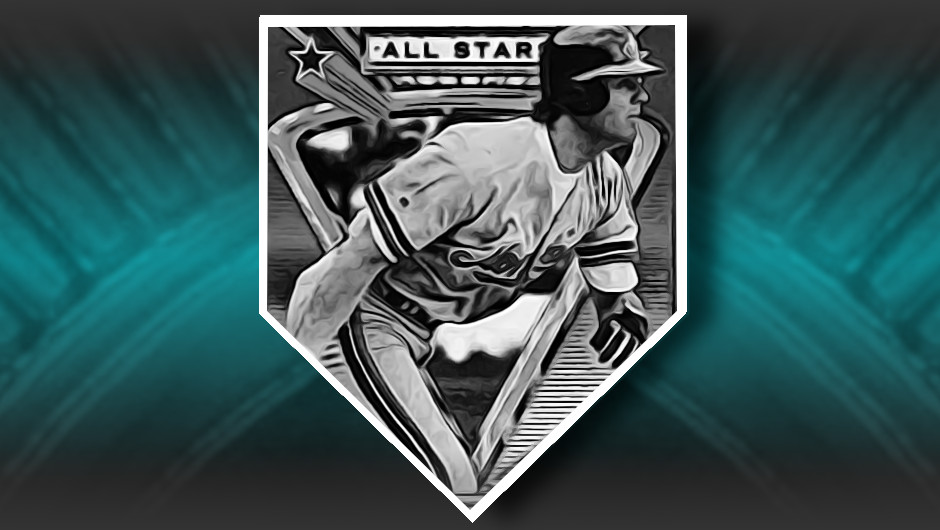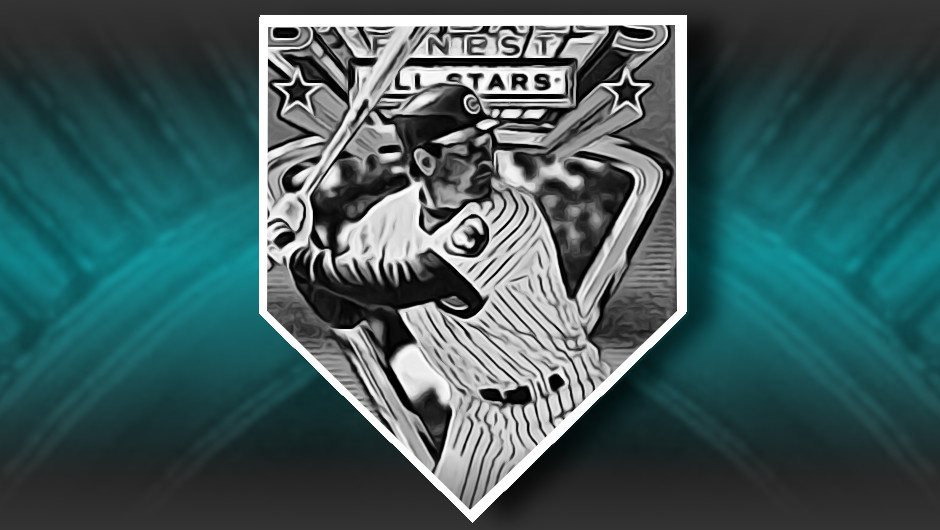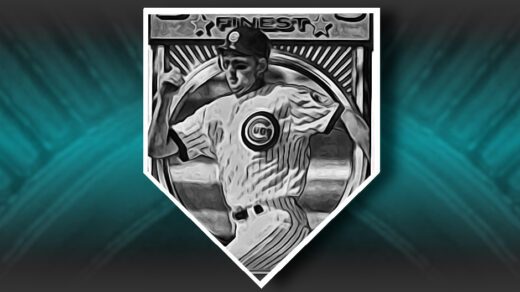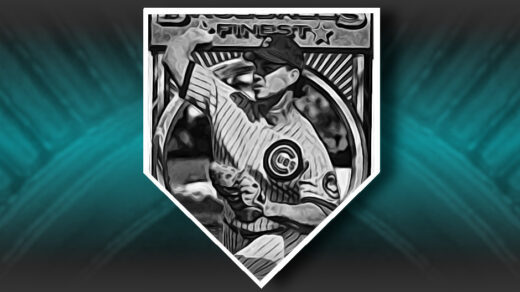Do you remember the first time you felt…old? I encountered this as a 12 year-old in 1994, a date that seems a bit too far in the past as I type it out.
The event triggering this sudden awareness of diminishing sand in the hourglass was the unexpected retirement of a staple player in the baseball landscape. I, as a baseball card obsessed kid, demarcated age groups by those who had seen retired players take the field (the olds) and who had not (me). Sure, I knew eventually that Wade Boggs, Cal Ripken, and even Dave Justice would one day hang up their spikes, but that wouldn’t happen until I was an adult. Nolan Ryan had retired a year earlier in 1993, but was considered by all to be an anomaly who was not subject to the normal rules of aging so he earned a free pass.
Watching the news in June 1994, I was surprised to hear that Ryne Sandberg was stepping away from baseball to spend more time with his kids. Future Hall of Famers don’t just walk away from the game, do they? Who would be the second baseman on all my Cubs cards going forward? I was now going to be one of those guys who would interrupt those admiring the replacement player’s cards with sayings like, “well you didn’t see Sandberg play!” Four o’clock dinners at Shoney’s and Piccadilly, here I come.
Players came and went from the big leagues all the time, so the departure of any single name should not have been so surprising. After all, there were a handful of “old” players wrapping up the final year or two of their contracts. Holdovers from the 1970s like Dave Parker, George Brett, Robin Yount, and Carlton Fisk were wrapping up tours of duty, but their baseball cards hailed from the vintage card era. Subsequently, their absence from the field wasn’t a big deal to me. Adults I knew had pulled these guys’ rookie cards from packs, not my friends at school. Our players were hitting their primes, just nosing into the second decade of their careers. Cal Ripken, Tony Gwynn, Boggs, and Sandberg were the heavy hitters from the birth years of my brother and I. We were alive for their careers, and as long as those constants of the ballpark were still present all would be well.
Of course, rookie cards of those four names were out of my reach at that time. No sane 12 year-old would trade away these cards for what I had to offer, and the savings necessary to acquire a copy at a card show were beyond the one-marshmallow willpower I was working with at the time. Instead, in 1991 I sought to represent Ryne Sandberg in my collection by purchasing his newly released Stadium Club card. I had been introduced to the set that summer in a way that I could not imagine would be so far reaching (more on that in a post next year).
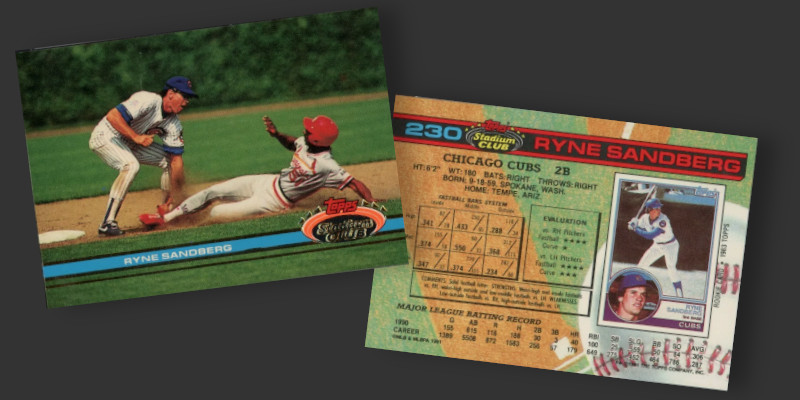
The Stadium Club Sandberg was fantastic. Not only was he tagging out former batting champ Willie McGee, he was doing so on a card that had a picture of his rookie right on the back. It was a card within a card. I distinctly remember paying $4 for this card at the local movie rental/baseball card shop in the Willow Oaks Shopping Center. The full bleed photography that would become a hallmark of the decade’s cardboard included one more feature: The outfield ivy at Wrigley Field.
Sandberg was considered an exceptionally strong hitting second baseman and I think the ivy may have been his inspiration. Just look at his offensive splits:
| Split | G | PA | 2B | 3B | HR | .AVG | .SLG |
|---|---|---|---|---|---|---|---|
| Wrigley | 1,091 | 4,681 | 217 | 48 | 148 | .300 | .480 |
| Elsewhere | 1,073 | 4,601 | 186 | 28 | 118 | .269 | .411 |
That’s a significant difference. At Wrigley Sandberg exhibited the same slugging percentage as hall of Famers Al Kaline, Charlie Gehringer, and Adrian Beltre while away from the ivy he turned into Kevin Bass. In terms of making contact, Sandberg was identical to Freddie Freeman when playing at Wrigley and played the role of Shawon Dunston’s doppelganger elsewhere. Sandberg made it to Cooperstown after retirement, actually retiring on three separate occasions in 1994, 1999, and 2001.
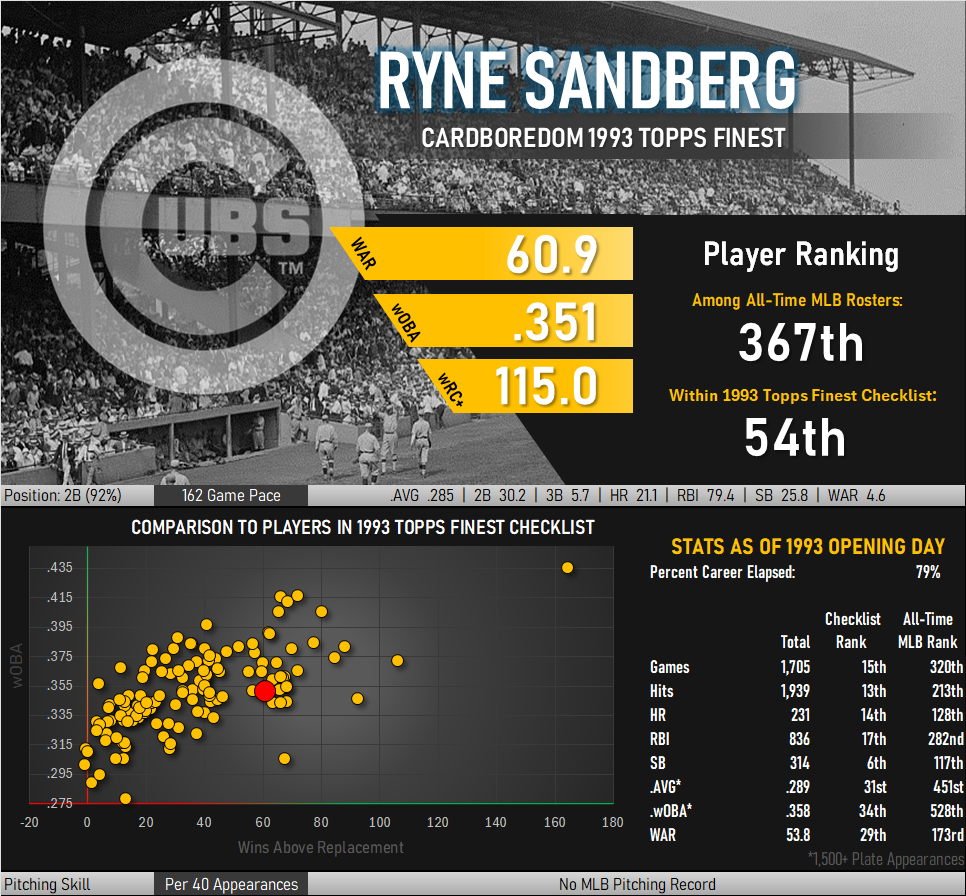
Rather than continuing to play the part of the old timer droning on and on about how you should have seen Sandberg play, let me instead point you towards the rosters of today to put his performance in perspective. Below are the top 10 active second basemen in terms of WAR per 162 games played. Jose Altuve is the closest you can get to Sandberg.
| Player | WAR | WAR/162 |
|---|---|---|
| Jose Altuve | 58.0 | 5.2 |
| Ryne Sandberg | 60.9 | 4.9 |
| Nico Hoerner | 15.3 | 4.5 |
| Andres Gimenez | 14.6 | 4.2 |
| Tommy Edman | 16.0 | 4.1 |
| Ketel Marte | 27.9 | 4.1 |
| Brandon Lowe | 15.1 | 4.0 |
| Marcus Semien | 36.4 | 3.9 |
| Jeff McNeil | 19.1 | 3.9 |
| Ozzie Albies | 20.5 | 3.8 |
| Jazz Chisholm, Jr. | 10.0 | 3.6 |
Sandberg Refractors
Despite being the best second baseman currently in the game, Jose Altuve cards are generally not among the top 10 collectors hope to pull from any given newly issued pack. Sandberg sort of fills a similar spot for collectors opening junk wax era packs, though this was not always the case. Sandberg’s refractor was among the top 10 sought by collectors when Beckett first started reporting figures for the ’93 Finest Refractors.
| Price Guide Year | Rank Within ’93 Refractor Set | Equally Ranked With… |
|---|---|---|
| 1993 | 8th (tie) | Cal Ripken, Jr. |
| 1995 | 16th (tie) | Kirby Puckett |
| 1998 | 14th (tie) | Don Mattingly |
| 2002 | 8th (tie) | Ken Griffey, Jr. |
| 2005 | 13th (tie) | Rickey Henderson |
| 2012 | 12th (tie) | Ivan Rodriguez |
Despite having retired (multiple times!), Sandberg’s card remained at the upper end of collector want lists and occasionally rivaled much bigger names. Believe it or not, it was somehow possible to straight up trade a Sandberg refractor for one featuring Ken Griffey, Jr. in 2002.
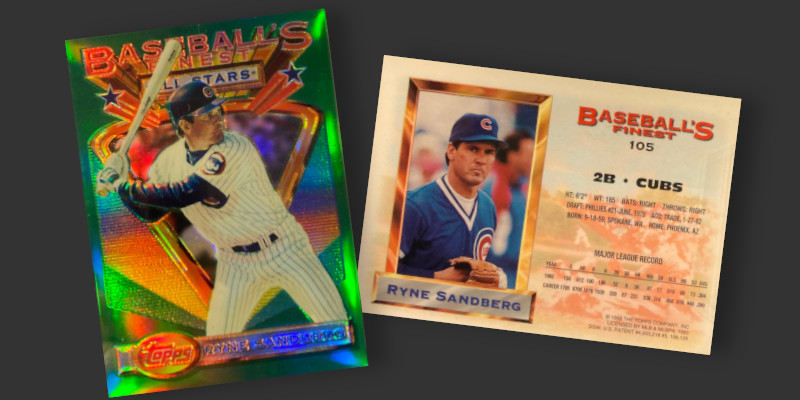
I remember when this card would have been an absolute monster to pull from a pack, assuming I could ever get my hands on a pack of ’93 Finest. It makes me feel a bit old to have that knowledge in the background when I look at the card, having experienced firsthand the ebbs and flows of demand for this particular piece of cardboard. Of course, this isn’t the first time a Sandberg card has induced an inkling that I have moved into a different era.
